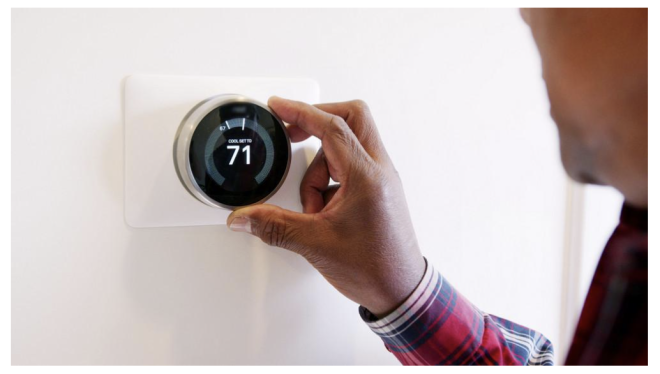- Change theme
7 Steps to Making Your Home More Energy Efficient

In today’s world, energy efficiency is more important than ever.
02:12 28 May 2025
In today’s world, energy efficiency is more important than ever. Not only does it reduce your utility bills, but it also helps to protect the environment. From installing solar panels to making smart changes in your home, there are plenty of ways to increase energy efficiency. Here are seven steps you can take to make your home more energy-efficient and sustainable.
1. Install Solar Panels
Solar power is becoming a leading choice for homeowners who want to reduce their energy consumption and decrease their carbon footprint. One of the most efficient ways to harness solar energy is by installing solar shingles. Solar shingles are lightweight, with a single shingle weighing only 13 pounds per square foot, according to Solar Power Authority. These shingles integrate seamlessly with your roof, providing a functional and aesthetic solution for generating solar power. As solar technology advances, it’s expected to become even more efficient, and by 2050, solar power could become the biggest source of electricity generation in the U.S., according to This Old House.
2. Upgrade to Energy-Efficient Windows
Windows can be a major source of energy loss, with drafts and leaks letting conditioned air escape. Upgrading your windows to energy-efficient models can make a noticeable difference in maintaining your home’s temperature. Modern energy-efficient windows are designed with special coatings and multiple layers of glass that help keep heat inside during the winter and block the sun’s heat in the summer. This simple upgrade will not only lower your energy usage but also make your home more comfortable year-round.
3. Seal Leaks and Insulate
Air leaks around doors, windows, and ducts are some of the most common causes of energy waste. By sealing these gaps with caulk or weatherstripping, you can improve your home’s energy efficiency. Insulating your attic, walls, and floors is another effective way to prevent heat from escaping. Proper insulation keeps your home at a stable temperature, reducing the need for excessive heating or cooling.
4. Upgrade Your Heating and Cooling Systems
Heating and cooling typically account for a significant portion of a home's energy use. In the U.S., new minimum energy efficiency standards for heating and cooling systems are set to be introduced in 2023, according to Comfy Living. By upgrading to newer, more efficient systems, you can lower your energy consumption while maintaining comfort. Consider investing in energy-efficient HVAC units, or opt for a programmable thermostat to ensure your system is only running when necessary.
5. Use Energy-Efficient Lighting
Switching to LED bulbs is one of the easiest and most cost-effective ways to make your home more energy-efficient. LED bulbs use significantly less energy than traditional incandescent bulbs and last longer, meaning fewer replacements over time. They also produce less heat, which can help reduce the load on your air conditioning system during hot weather. With energy-efficient lighting, you’ll save money and enjoy a longer-lasting, brighter home.
6. Choose Energy-Efficient Appliances
When it comes time to replace old appliances, look for models that are ENERGY STAR certified. These appliances meet strict energy efficiency standards and can help reduce your energy consumption. From refrigerators and washing machines to dishwashers and ovens, replacing outdated appliances with energy-efficient ones can have a significant impact on your utility bills. Many appliances now come with smart features that allow you to schedule usage during off-peak hours, which can help you save even more energy.
7. Consider Water Conservation Upgrades
Water usage is another area where energy efficiency can make a big difference. Installing water-efficient fixtures such as low-flow showerheads, faucets, and toilets can significantly reduce your water consumption, which in turn lowers the energy used to heat water. Additionally, consider upgrading to a tankless water heater. These heaters only heat water when you need it, reducing standby energy loss associated with traditional water heaters.
Making your home more energy-efficient doesn’t have to be difficult. By following these seven steps—installing solar panels, upgrading windows, sealing leaks, upgrading heating and cooling systems, using energy-efficient lighting, choosing energy-efficient appliances, and conserving water—you’ll not only reduce your energy bills but also contribute to a more sustainable world. With new standards and innovations on the horizon, improving your home’s energy efficiency will continue to be a smart and rewarding investment.
